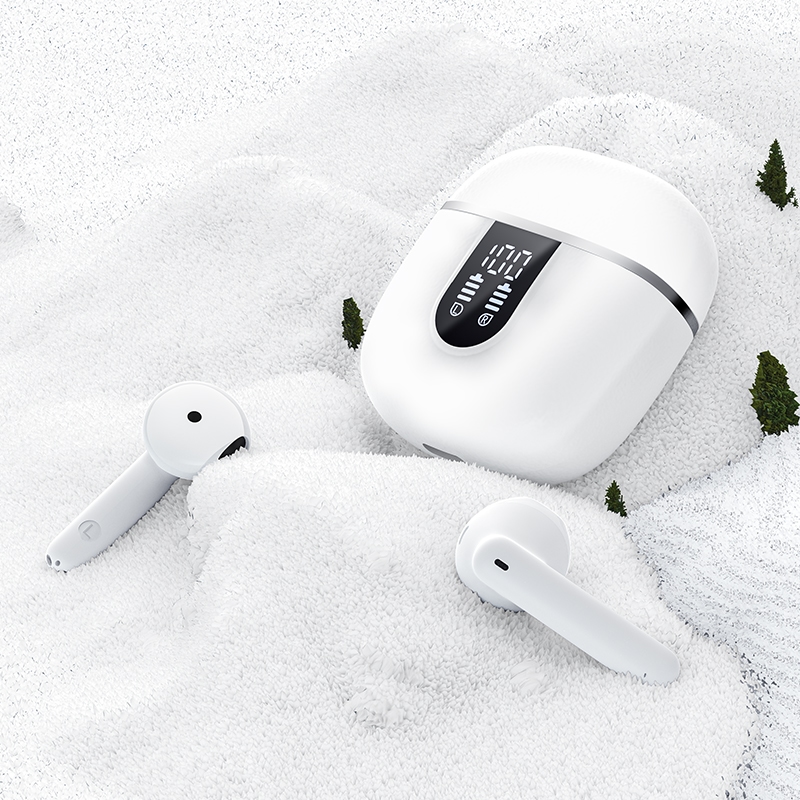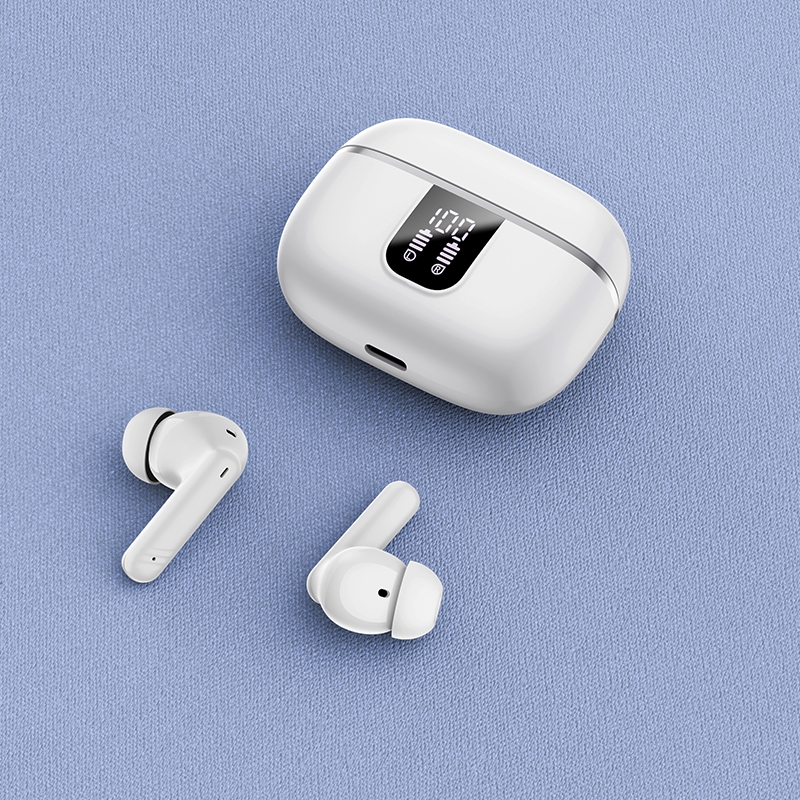Testing a headset sample is crucial to ensure high performance and reliability. Whether you’re a manufacturer, reseller, or consumer looking for a quality headset, understanding the best methods for testing headsets can help you make informed decisions. This guide will take you through the key steps, metrics, and tools involved in headset testing, providing valuable insights to achieve the best possible sound, comfort, and functionality.
| Metric | Description | Importance |
|---|---|---|
| Sound Quality | Evaluates frequency response, distortion, and clarity | Essential for user satisfaction |
| Battery Life | Measures how long a headset can operate on a charge | Critical for portability and usability |
| Comfort | Assesses fit and ergonomics during prolonged use | Influences user experience and preference |
| Noise Isolation | Tests effectiveness in blocking external sounds | Important for immersive listening experiences |
| Microphone Quality | Evaluates clarity during calls and recordings | Vital for communication purposes |
1. Understanding Headset Testing Methodologies
Headset testing involves both objective and subjective testing methodologies to evaluate how well a headset performs in various scenarios. In the industry, both laboratory tests and real-world usage tests are conducted to ensure a headset meets industry standards and user expectations.
- Objective Testing: This involves the use of specialized equipment and instruments to measure specific aspects of headset performance, such as sound frequency, distortion, and battery life.
- Subjective Testing: Here, human feedback is collected through listening tests to evaluate comfort, sound quality, and overall user experience.
These combined methodologies ensure that headsets are thoroughly assessed, ensuring they deliver the best performance for users.
2. Key Performance Metrics to Evaluate
To evaluate the performance of a headset, you need to focus on the following key metrics:
- Sound Quality: Evaluates frequency response, distortion, and clarity. This is essential for user satisfaction, as it affects how good the audio sounds during calls, music, or gaming.
- Battery Life: Measures how long a headset can operate on a charge. A long battery life is critical for portability and usability, especially for wireless headsets.
- Comfort: Assesses fit and ergonomics during prolonged use. Comfort influences user experience and preference, making it an essential factor in headset selection.
- Noise Isolation: Tests the headset’s ability to block external sounds. This is important for immersive listening experiences, especially in noisy environments.
- Microphone Quality: Evaluates clarity during calls and recordings. It is vital for communication purposes, especially in business or gaming contexts.

3. Step-by-Step Guide to Testing Headsets
To conduct an effective headset test, follow these steps:
- Preparation: Set up the testing environment. Ensure a quiet space with minimal background noise for accurate results.
- Sound Quality Tests: Use frequency response analyzers to check for any distortion and ensure the sound output is balanced. Subjective listening tests with various audio tracks (e.g., music, podcasts) will help assess overall clarity.
- Battery Life Testing: Fully charge the headset and use it under normal conditions (e.g., streaming music or making calls) until the battery depletes. Measure how long it lasts and compare it to the manufacturer’s specifications.
- Comfort & Fit Assessment: Have users wear the headset for extended periods to test its comfort. Consider factors like ear tip sizes, headband adjustments, and overall weight.
- Noise Isolation Testing: Play white noise or external sounds to test how well the headset isolates the user from ambient noise. This is especially important for noise-canceling headsets.
- Microphone Testing: Record voice samples or make calls to test microphone clarity and performance. Ensure it captures voice clearly without distortion or interference.
4. Common Tools and Equipment Used in Testing
Accurate headset testing requires the right tools. Here are the essential tools used in the process:
- Audio Analyzer: A key tool for measuring frequency response, distortion, and overall sound quality. It helps ensure the headset meets audio standards.
- Calibrated Microphone: Used to measure the sound input and record accurate voice samples during testing.
- Software for Data Analysis: Analyzes the data collected during tests, comparing results to industry benchmarks and highlighting areas for improvement.
- Controlled Testing Environment: To achieve the most accurate results, testing should be done in a controlled environment where factors like background noise and temperature are consistent.
5. Interpreting Test Results
Once the tests are completed, the next step is to analyze the results:
- Sound Quality Data: Look at frequency response graphs and distortion levels. A flat frequency response with minimal distortion is ideal.
- Battery Life Results: Compare the battery test results with the manufacturer’s claims. Any significant discrepancy should be addressed.
- Comfort & Fit Feedback: Review subjective feedback about comfort. Pay attention to reports of discomfort during prolonged use.
- Noise Isolation Effectiveness: Evaluate how well the headset blocks out external sounds, particularly for models marketed as noise-canceling.
- Microphone Quality: Listen to recorded voice samples and assess clarity. A high-quality microphone should deliver clear, distortion-free audio.
Interpreting these test results helps you gauge the overall performance of the headset and identify any areas that need improvement.

6. Market Trends and Statistics in Headset Testing
The global headset market is experiencing rapid growth. The sound quality testing market, in particular, is projected to grow from approximately $2.61 billion in 2023 to $4.26 billion by 2031, reflecting a compound annual growth rate (CAGR) of 6.30%. This growth is driven by the increasing demand for high-quality audio products across consumer electronics and automotive sectors.
As the market grows, manufacturers are increasingly investing in advanced testing methods to ensure their products meet higher audio standards, particularly in noise isolation, sound clarity, and battery life.
7. FAQs About Headset Testing
- What are the best methods to test headset samples?
The best methods include objective testing using standardized equipment to measure sound quality, battery life, isolation, and microphone performance under controlled conditions. - How do I evaluate sound quality in headsets?
Sound quality is evaluated through frequency response tests, distortion measurements, and subjective listening tests comparing different audio tracks. - What tools are necessary for testing headsets?
Essential tools include an audio analyzer for frequency response measurements, a calibrated microphone for recording tests, and software for data analysis. - How can I interpret test results effectively?
Analyze the data against industry benchmarks, look for patterns in frequency response graphs, and consider subjective feedback from listeners to gauge overall performance. - Is it worth investing in professional testing equipment?
Yes, investing in professional testing equipment can yield more accurate results, enhance product development processes, and ensure compliance with industry standards.
Conclusion: Ensuring High-Quality Performance with Effective Headset Testing
Proper testing is crucial to ensuring that your headset meets both industry standards and consumer expectations. By evaluating key metrics like sound quality, battery life, comfort, and microphone performance, you can identify strengths and weaknesses, helping you improve product offerings or choose the best headset for your needs.
Ready to upgrade your audio experience? Check out our BJBJ A4 Pro ANC+ENC True Wireless Bluetooth Earphones and BJBJ J20 Pro True Wireless Earphones for exceptional performance and comfort.
Read More:

